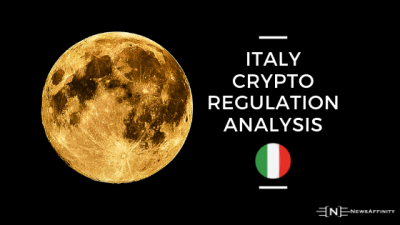As you know, marketing is key to expanding your business. However, it can be hard to get your marketing efforts to land on their target. Indeed, you have to invest time and capital in marketing, but sometimes you need help to make your best efforts more effective. That’s where business analytics comes into play.
Business analysts provide business users and project managers with the insights they need to give legs to their marketing campaigns. So, it looks like big data’s at it again, right? In this brief article, we’ll cover some of the ways data science—particularly business analytics—is revolutionizing marketing.
What’s business analytics all about?
So, if you’re not a business executive or a data scientist, you’re probably wondering, “What is business analytics?” In short, business analytics is the advanced analysis of data as it relates to business. Like all big data processes, business analytics uses massive data sets to find actionable insights. Companies can use these insights for everything, from predictive maintenance on operational equipment to figuring out which items in a retail store are selling the best on Thursday afternoons. Indeed, the implications of business analysis are far-reaching.
Companies use business analytics for targeted marketing.
Have you ever noticed that when you open your favorite web browser, there’s always an ad for a product you use (or have at least researched online) sitting in plain view on the browser’s homepage? Of course, it’s not a coincidence. It’s business analytics at work.
One of the main uses for business analytics is figuring out which products and services interest individual consumers and creating special offers just for them. You see this commonly in franchise marketing where you have a national brand operating in and trying to connect with the local market.
In the case of fast-food franchises, they often offer menu items that are specific to the local market. They also use mobile apps to track to promote online ordering, enabling them to learn their customers’ favorite menu items and create target promotions.
Artificial intelligence and machine learning enable event-driven marketing.
Another great thing about business analytics that marketers love is they can use it to empower event-driven marketing (EDM). An example of EDM is when you get an email from a retailer on your birthday inviting you to come to their store and receive savings on your birthday. In that example, your birthday is the event, and it triggered a marketing promotion from a retailer.
EDM helps companies build better connections with their customers. They use customer relationship management (CRM) software to get insights into customer behavior and personal data. They use this data to target customers around significant events in their lives.
Predictive analytics enables companies to forecast demand changes.
Nothing gives a company a competitive edge like being able to see into the future. Predictive analytics isn’t a crystal ball, but it’s the closest you’ll get to one in the business world. Marketing teams use predictive analytics to forecast which way the consumer markets will shift and prepare a marketing strategy in advance.
As you can see, analytics has made its mark on the world of business in a seismic manner. Your marketing team can use data analytics for everything, from statistical analysis of market demographics to enhancing the customer experience with new product offerings and better service models.
Business analytics enables stakeholders to identify their target audience and build their marketing strategy around their ideal buyer persona. Predictive analytics enables marketing teams to forecast changes in demand and get ahead of the curve, giving them a decided competitive advantage. Furthermore, you can use analytics to engage in event-driven marketing and connect with customers during significant moments in their lives. The insights business users get from business analytics make this powerful tool like a crystal ball for marketing purposes.




















Comments